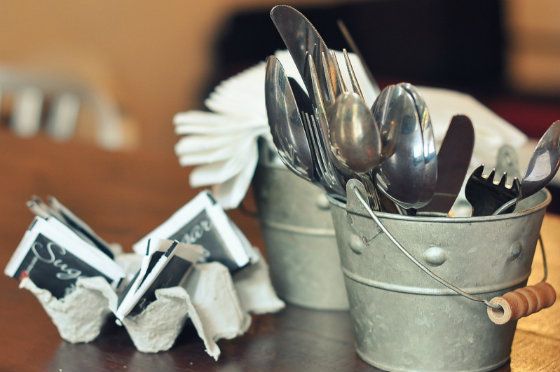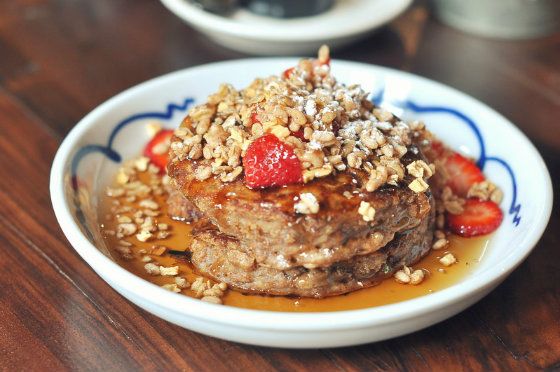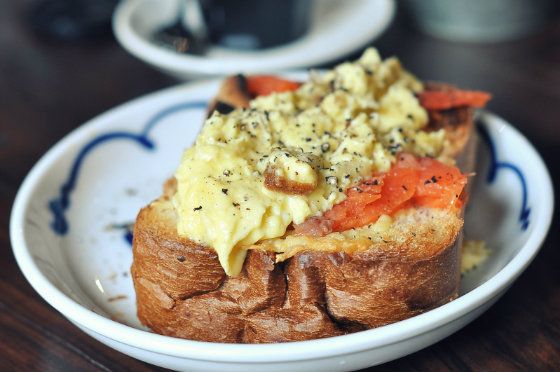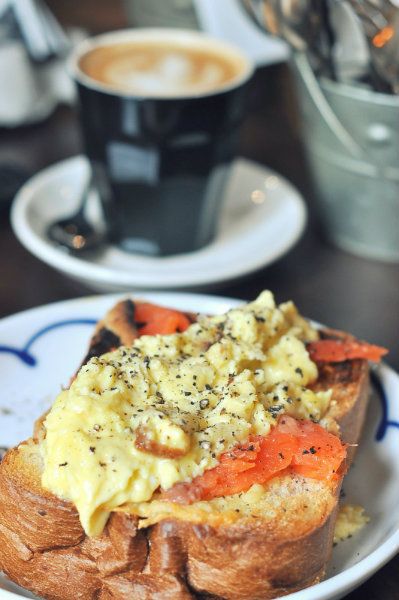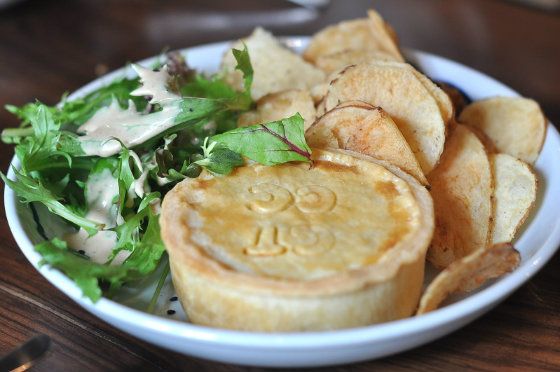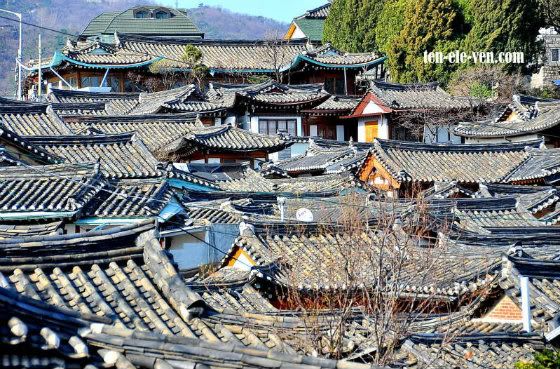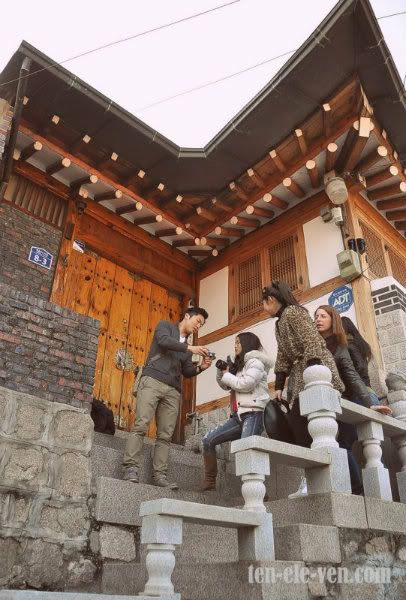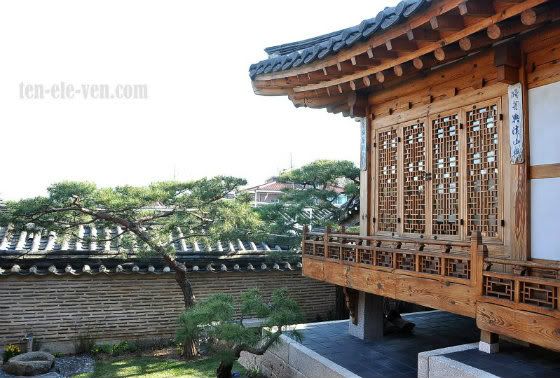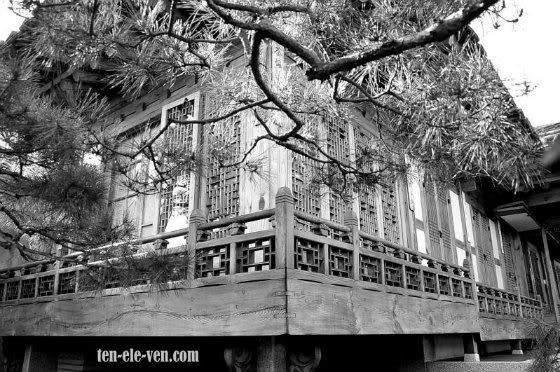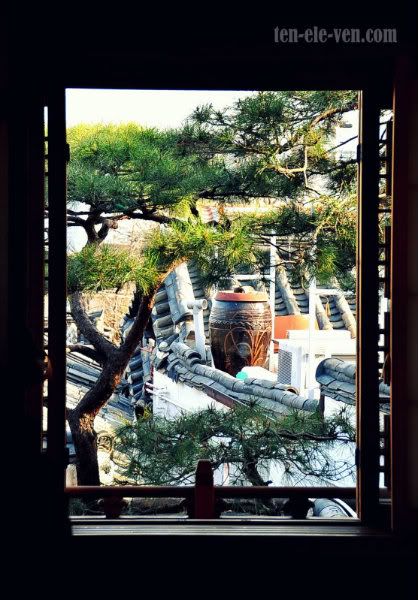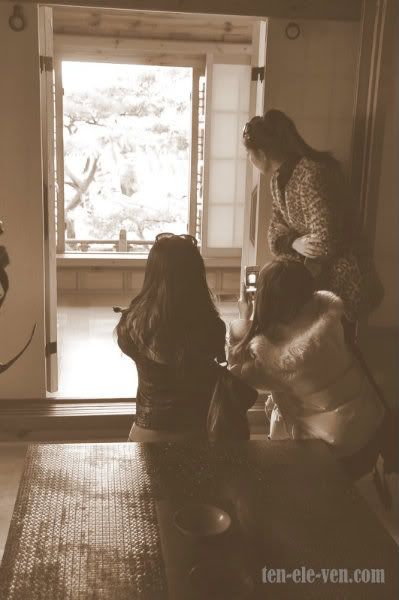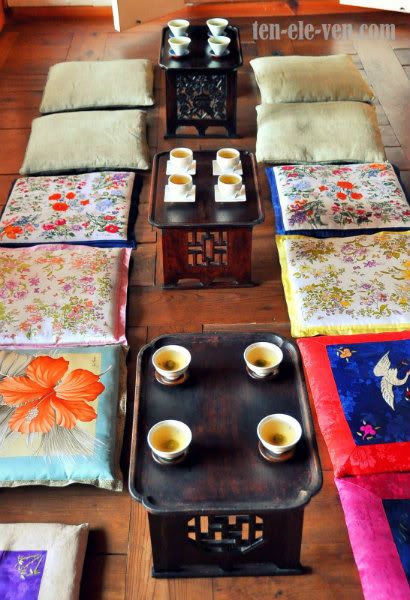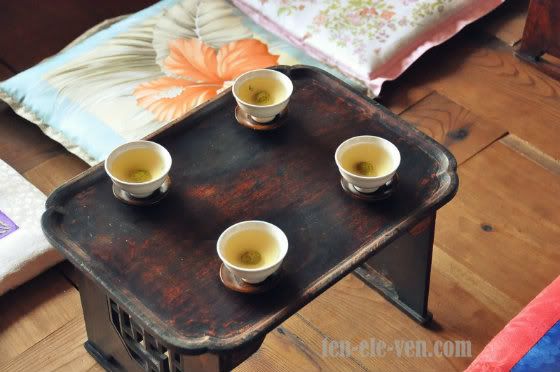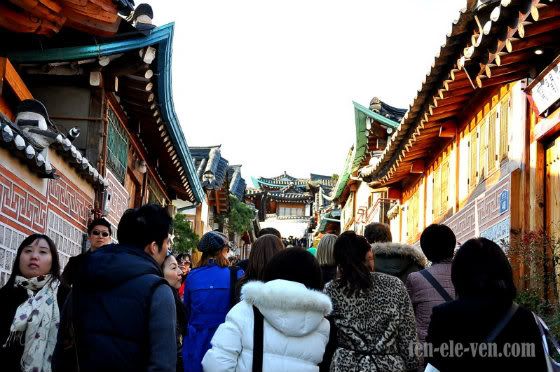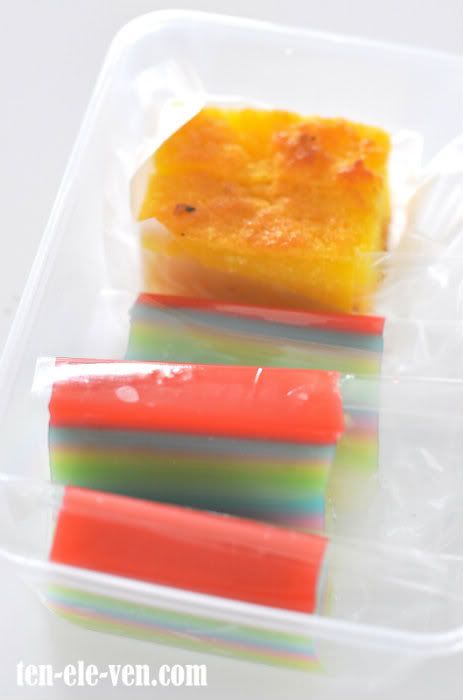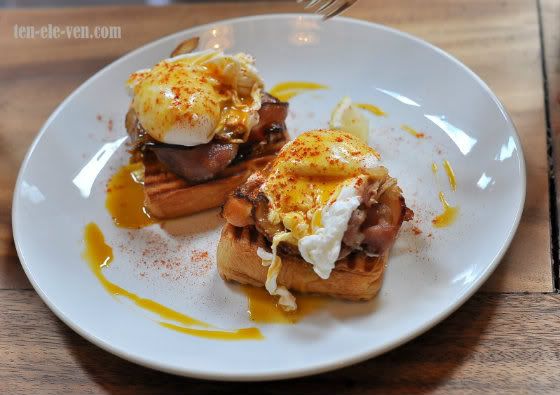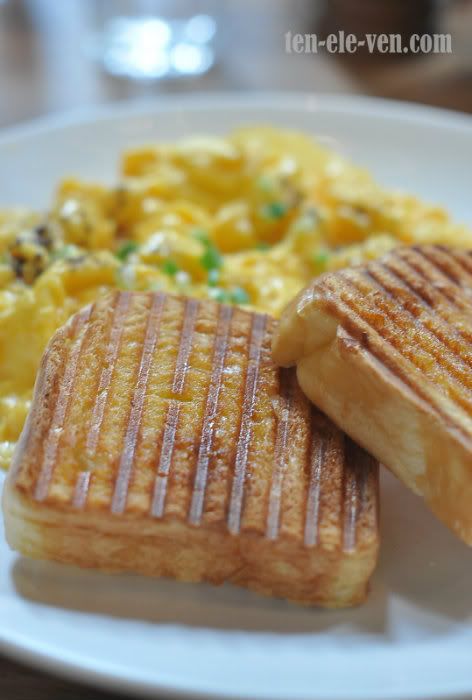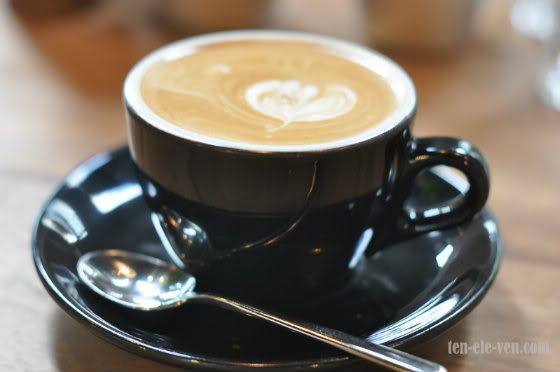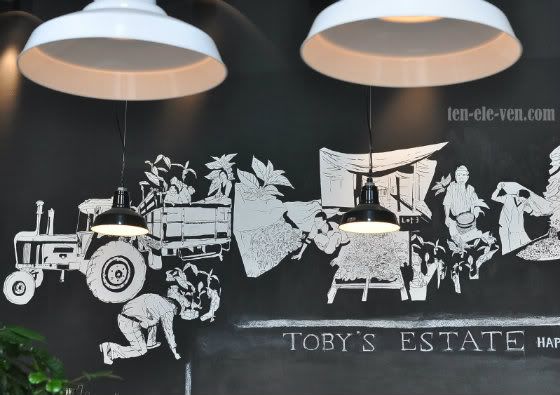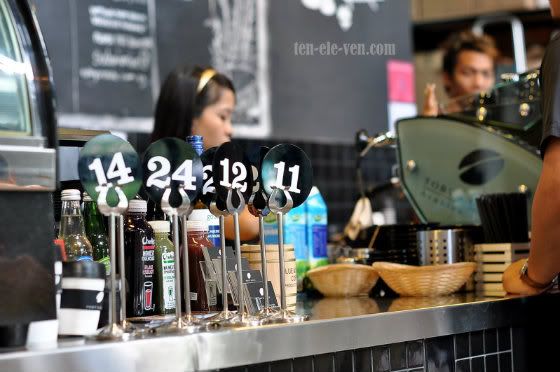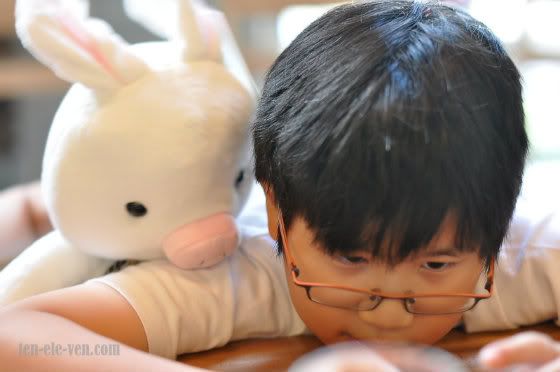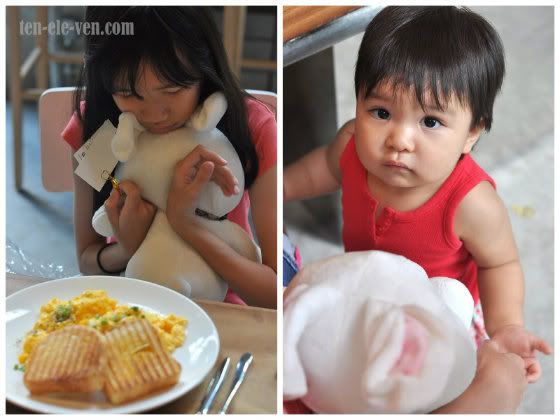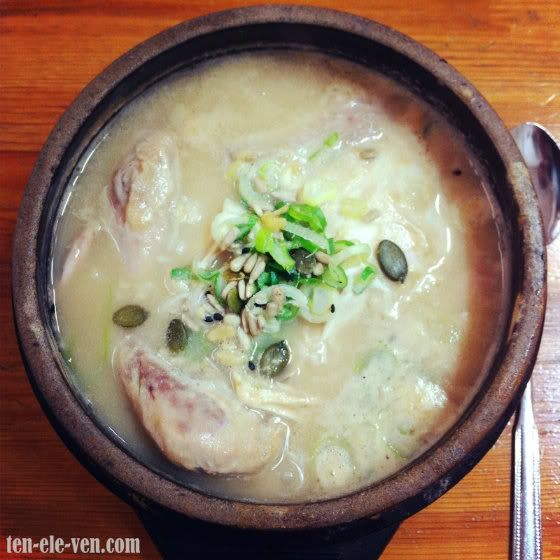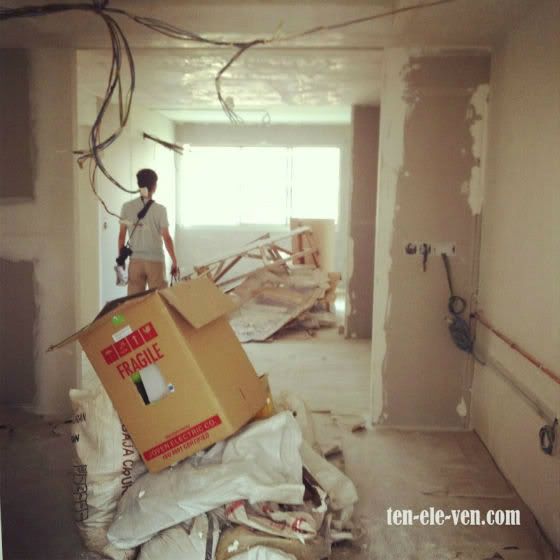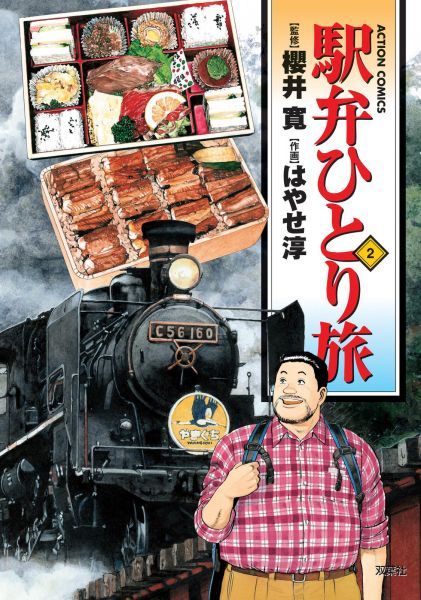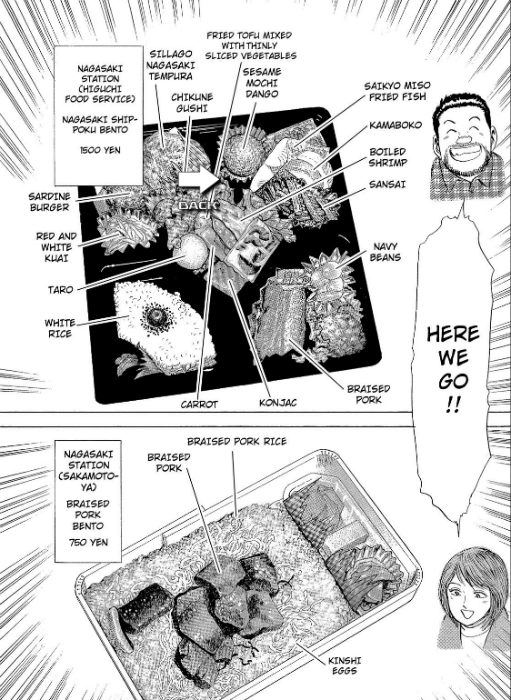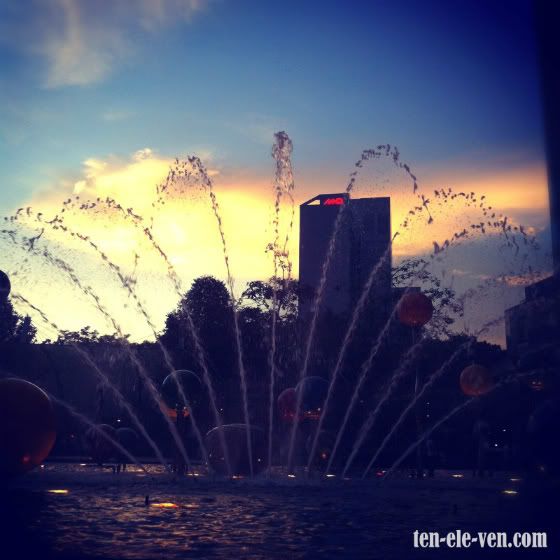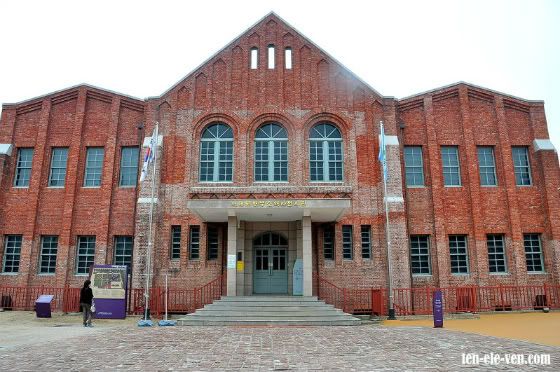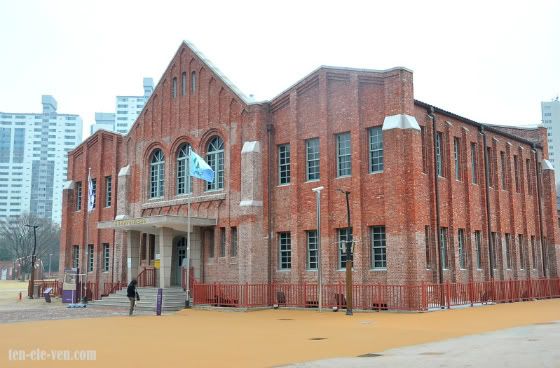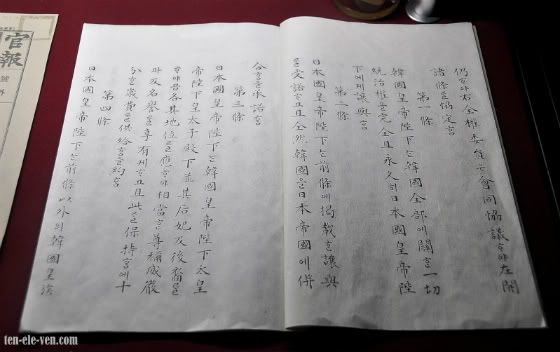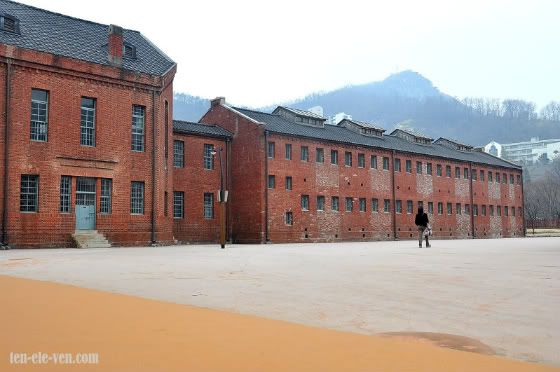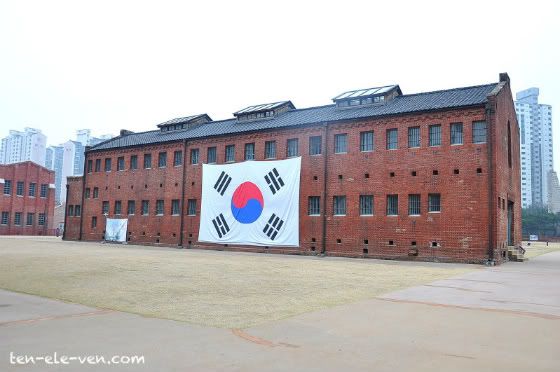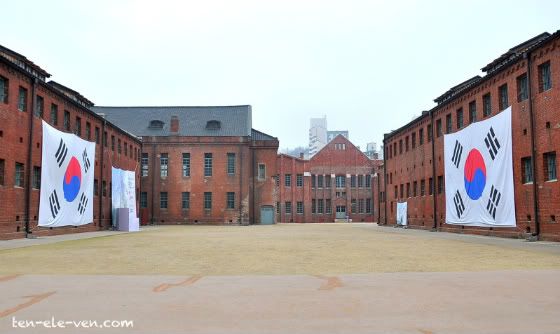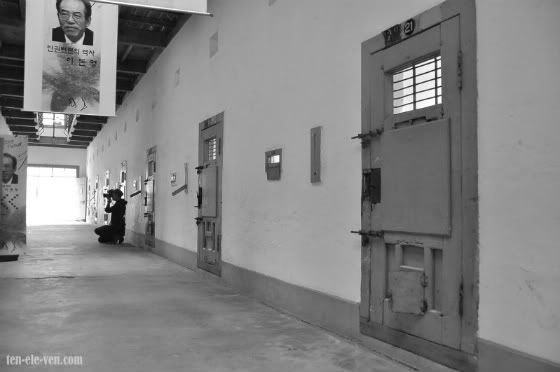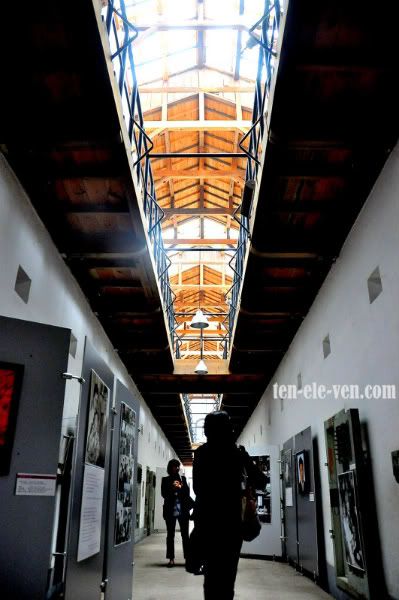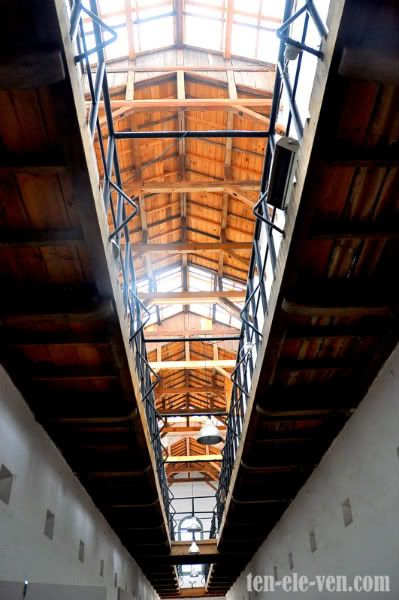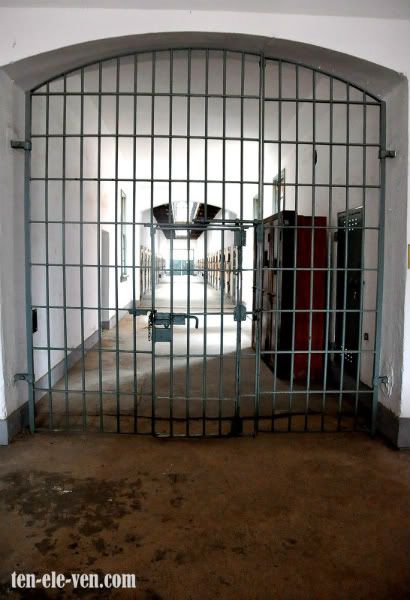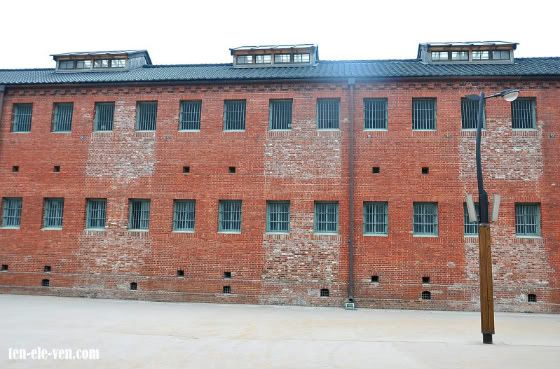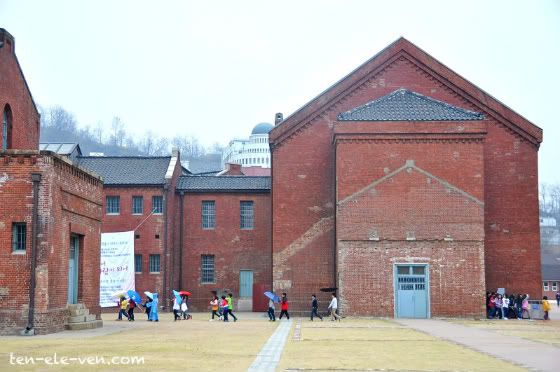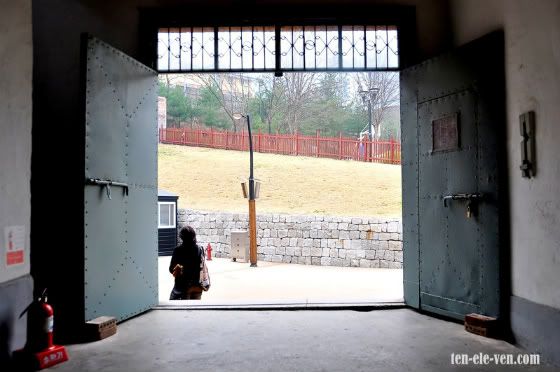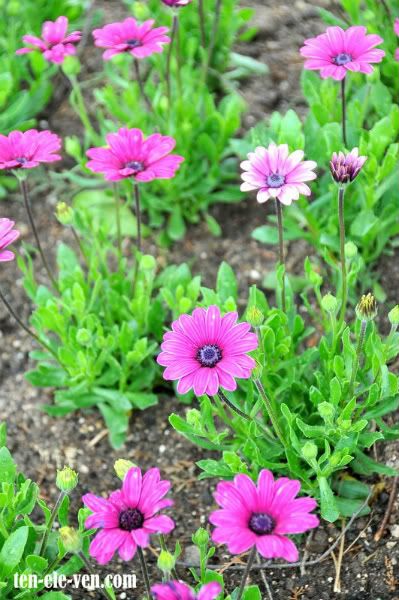I have been facing some difficulties with this blog for the last month or two. I am getting my host provider and ISP provider to to do some troubleshooting for me. The preliminary assessment is that a trojan horse or virus may have entered my WordPress scripts. I have trouble publishing certain posts, and from time to time, I am unable to get into my admin dashboard to manage the blog. For the time being, my home broadband network has refused to connect to the website and I have been able to connect only through my iPhone hotspot. Together with the hot and humid weather, this has been a real bother.
This post about exploring Bukchon is one of those that the blog has “refused to publish”. Everytime I hit the “Publish” button, I get an error message repeatedly and the blog hangs. I am not sure what is causing the problem yet. Okay, I am going to try posting this again, and am crossing my fingers that it will finally work.
*****************************************************************************************************
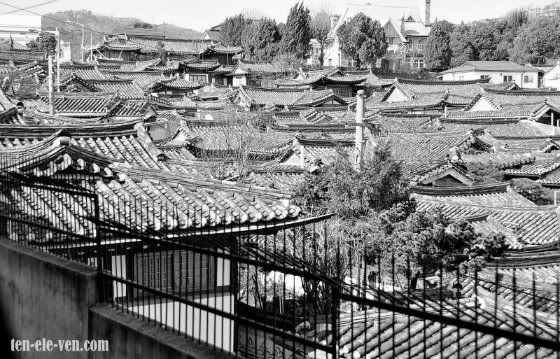
We joined a guided walk of Bukchon led by Robert Koehler of Seoul Selection on a Saturday afternoon, after we visited the Ewha Womans University in the morning. It started at 2.30pm and was slated to end at 5.30pm, but it went on for a bit longer. A three-hour walk sounds like rather long, but time tends to fly past very quickly whenever one is having a good time.
We have been to Bukchon several times to see the beautiful Korean hanoks, but I thought it would be more interesting to join a guided walk, and have a native English-speaking guide fill us in on the historical background of the place. Which was what Robert did very well. He provided us with interesting nuggets of information regarding the history of the country, the Bukchon neighbourhood, and the various historical places which we stopped along the way – such as the Seoul Education Museum, Jeongdok library, Joongang High School.
I liked that he gave us the right amount of information, at the right pace, to whet our interest and arouse our curiosity about what we heard, but without us feeling overwhelmed by having heard too much information. Having lived in Korea for 15 years, and as an English teacher when he first arrived, he also shared with us his personal perspective into the culture of the South Koreans. It was all very interesting and enjoyable, and it is something that I will recommend to friends who are visiting Seoul, regardless whether they have been there before or for the first time.
My only grouses about the walk was that the group of 11 that day was a little too big, and that Bukchon was very crowded on a Saturday afternoon, and it was impossible to enjoy a leisurely walk. I had to strain my ears to follow what Robert was saying as we walked down the busy streets of Bukchon. He did mention that our group that had signed up for that day’s walk was the largest that he has seen so far. Also, unless the walk is held very early on a weekday morning, I am not sure if we would see less crowds on any other afternoon during the week. It just means that we will have to return to Bukchon on our own another day, very early in the morning, to enjoy a quiet stroll in the neighbourhood, without having to jostle with hoards of people. I pity the residents living in Bukchon – I imagine the amount of noise generated by hoards of people right outside your doorstep almost everyday? There is hardly any peace and privacy for the residents. Living there, I would definitely go mad.
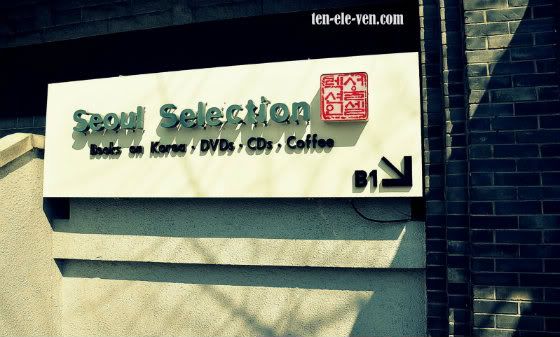
The meeting point for the guided walk was Seoul Selection’s bookshop located right outside the Gyeongbokgung Palace walls, on the stretch of road leading towards Samcheong-dong. It wasn’t difficult for us to make our way to the bookshop, as we are fairly familiar with that area. The bookshop, located in the basement of the building, looks like a cosy place to hang out for a couple of hours, browsing various genres of book relating to the history, culture and tourism in Korea. It is a fairly small place, nothing like the mammoth Kyobo.

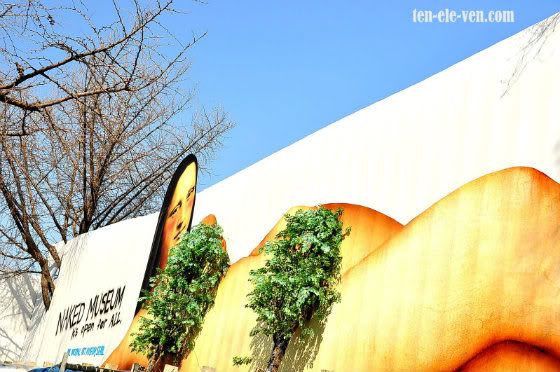
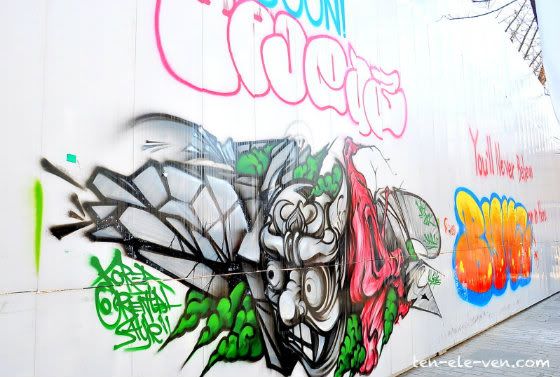
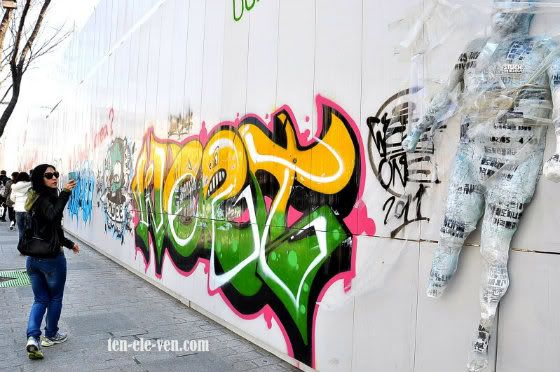
We headed towards Samcheong-dong, walking past this huge construction area where the government is building a new art museum – the National Art Museum,Seoul – on the site of the former headquarters of the Defense Security Command and Armed Forces Seoul District Hospital.
Try walking around that stretch of road during autumn – it stinks to high heaven when the roads and pavements are lined with fallen, rotting gingko fruits.
I love the graffiti art seen here. I could barely keep up with the group while trying to snap away on my camera.
Our first stop was the Seoul Education Museum, a lovely red-brick low-rise building. The museum, a fairly small one, has quite a good display of books, documents and writing tools to explain the history and role of education in Korea, and how it transformed South Korea into the powerhouse it is today.
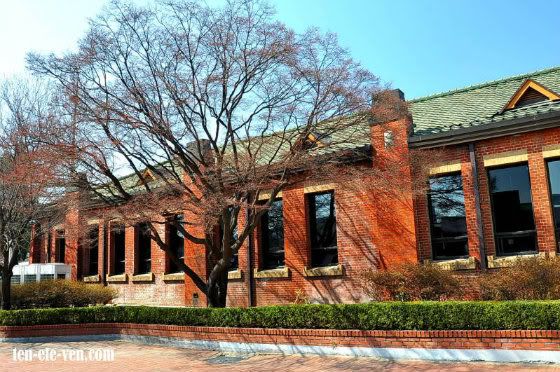
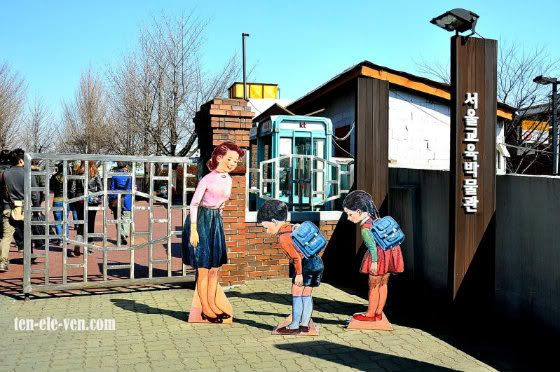
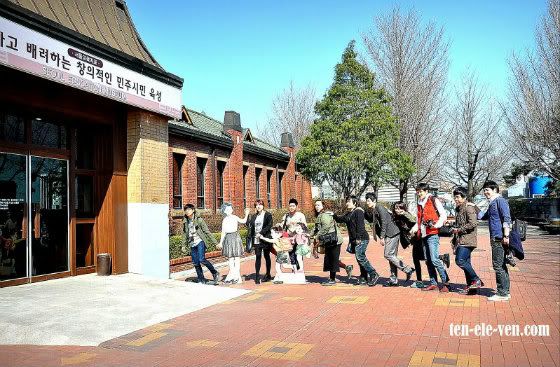
This group of people posing with the stand-up posters at the entrance of the museum cracked me up, and I just had to take a shot of them. The one thing that I always enjoy in Korean museums is the display of models of houses, buildings and people in relaying information regarding the Korean way of living, its people, activities and culture during the Joseon dynasty.
Our second stop was the Jeongdok Public Library. The grounds of the library houses three colonial-era buildings – the Seoul Education Museum, the library itself and one other building that I might not have seen during the walk (or perhaps, was not part of the walk). I read that the was the former Kyeonggi High School, the best (or one of the best) high schools in Seoul.
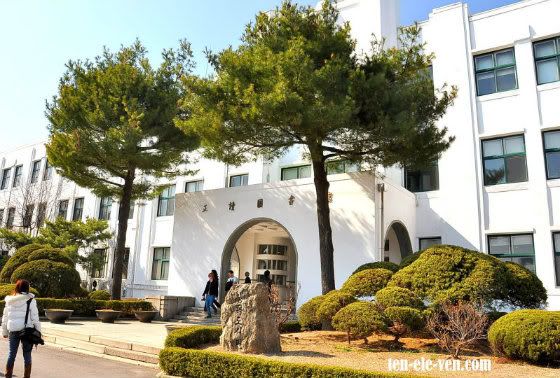
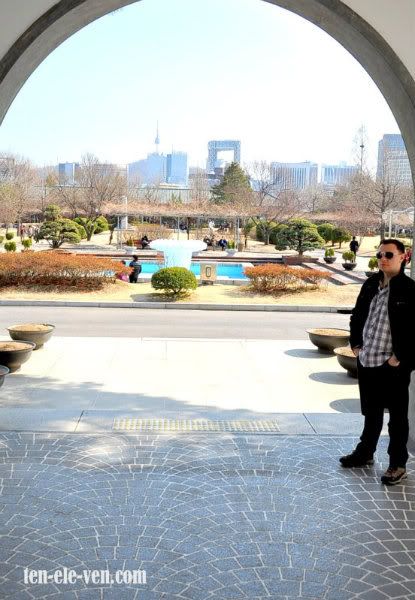
The arched entrance of Jeongdok Library offers a wonderful view of downtown Seoul.
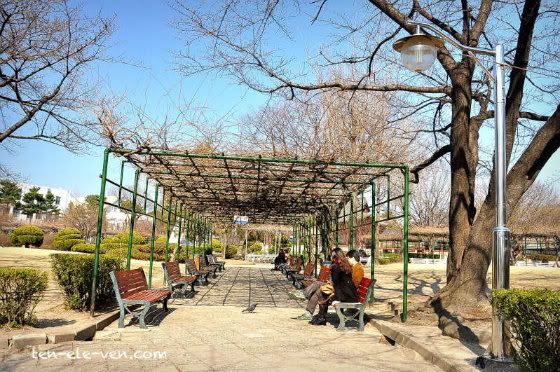
I can imagine how beautiful the grounds of the library are during the cherry blossom season in spring and in autumn when the gingko trees change colours. This place warrants a repeat visit the next time I visit Seoul as I would like to spend more time wandering around the library and its expansive grounds.
After leaving Jeongdok Library, we walked up the winding Bukchon alleyways and arrived at this viewing spot, which overlooks into the streets of Samcheong-dong below. It would have been nice to rest our legs over a cup of expresso at the rooftop alfresco cafe.


It is time to stop here, and I will continue with the rest of the Bukchon walk in a separate post. If the blog doesn’t go completely out of action.

